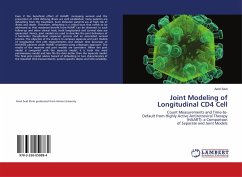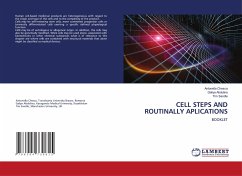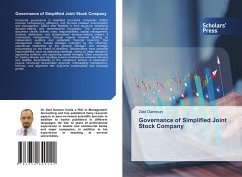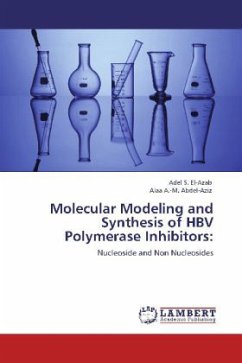
Joint Modeling of Longitudinal CD4 Cell
Count Measurements and Time-to- Default from Highly Active Antiretroviral Therapy (HAART): a Comparison of Separate and Joint Models
Versandkostenfrei!
Versandfertig in 6-10 Tagen
24,99 €
inkl. MwSt.

PAYBACK Punkte
12 °P sammeln!
Even if the beneficial effect of HAART, increasing survival and the prevention of AIDS defining illness are well established, many patients are defaulting from the treatment. Such defaulter patients are at high risk of illness and death. Therefore, defaulting is a critical issue that needs to be addressed so that maximum benefit from HAART can be obtained. In such follow-up and other clinical trials, both longitudinal and survival data are generated. Hence, joint models are used to describe the joint behaviour of a biomarker (longitudinal response) process and an associated survival process. T...
Even if the beneficial effect of HAART, increasing survival and the prevention of AIDS defining illness are well established, many patients are defaulting from the treatment. Such defaulter patients are at high risk of illness and death. Therefore, defaulting is a critical issue that needs to be addressed so that maximum benefit from HAART can be obtained. In such follow-up and other clinical trials, both longitudinal and survival data are generated. Hence, joint models are used to describe the joint behaviour of a biomarker (longitudinal response) process and an associated survival process. The objective of the study is to compare separate and joint models of longitudinal CD4 cells measurements and default time processes of HIV/AIDS patients under HAART treatment using a Bayesian approach. The results of the separate and joint models are consistent. When the joint model is compared with the separate model, it is both the most parsimonious model and also fits the data better thanthe separate model. The final joint model relates hazard of defaulting to two characteristics of the repeated CD4 measurements; patient-specific slopes and CD4 variability.












